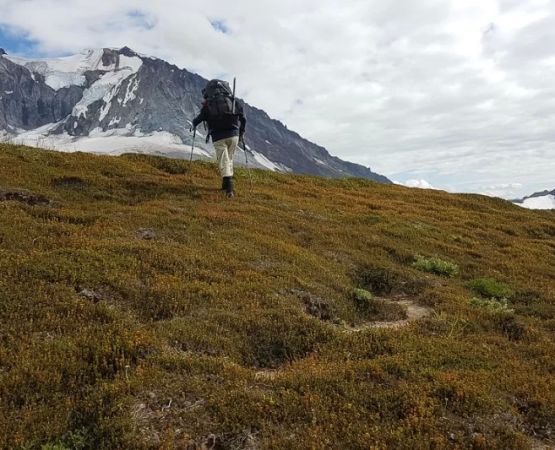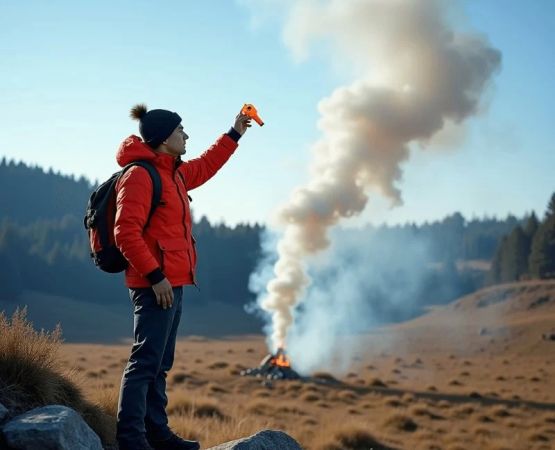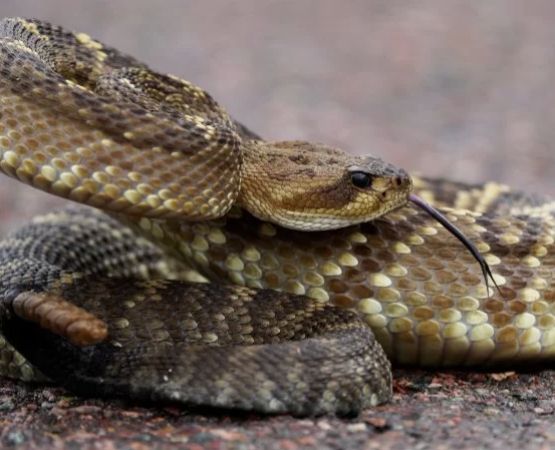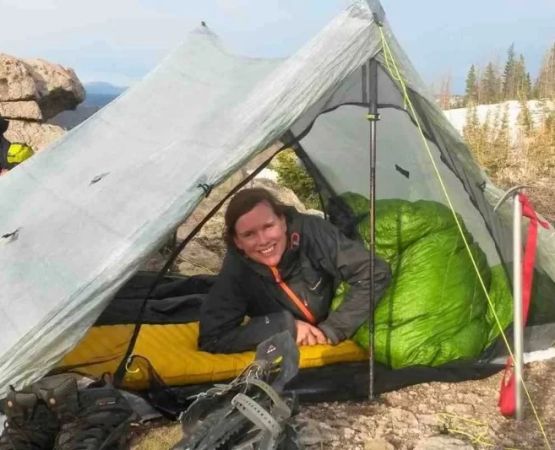- understanding-bug-behavior-camping
- choosing-the-right-campsite-usa
- best-clothing-and-gear-bug-protection
- natural-vs-chemical-repellents
- campfire-light-tents-and-environment
- real-camping-stories-bug-mistakes
- final-prep-and-smart-strategies
1. Understanding Bug Behavior in U.S. Campsites
Knowing how to avoid bugs while camping USA starts with understanding the “enemy.” Most biting insects—mosquitoes, ticks, and flies—are most active at dusk and dawn. They thrive in humid areas, especially near standing water. Insects are drawn to carbon dioxide (that’s your breath), body heat, and even your sweat’s chemical signature.
Different regions of the USA host different threats: Midwestern campers battle mosquitoes in June lakeside trips, while Southeastern campers must be wary of chiggers and fire ants. Knowing the common pests in your chosen area can help you pack smarter and prepare more efficiently. Local rangers or sites like Pine Cliff Resort often offer pest activity alerts for the area.
2. Choosing the Right Campsite in the USA
One of the most underrated ways to avoid bugs while camping in the USA is picking a smart site. Avoid spots near swamps, stagnant ponds, or dense overgrown vegetation. Higher ground tends to be breezier, making it less friendly to flying insects. Choose open, sunlit areas instead of shaded, damp woods where mosquitoes thrive.
Real campers recommend scouting a few feet away from the water’s edge—close enough to enjoy the view but far enough to avoid mosquito clouds. Also, examine your campsite for anthills or wasp nests before setting up. Many premium locations like Pine Cliff Resort design their sites to reduce insect habitat and improve airflow—an easy win for comfort.
3. Best Clothing and Gear for Bug Protection
The right gear makes a huge difference when learning how to avoid bugs while camping USA. Choose light-colored clothing—mosquitoes are drawn to dark shades. Long sleeves, long pants, and hats reduce exposed skin. Look for clothing treated with permethrin, a long-lasting repellent embedded in the fabric itself. This can protect you even when sweating or forgetting to reapply sprays.
Mesh bug jackets, mosquito head nets, and enclosed sleeping hammocks are worth the investment if you plan to camp in high-risk areas. Also consider zippered tents with high-denier mesh and sealed seams. Quality matters: cheaper mesh tears easily and creates entry points for insects. Brands curated by Pine Cliff Resort often combine performance and comfort—ideal for families.
4. Natural vs. Chemical Repellents: What Works?
Many campers ask whether DEET is safe or if natural alternatives like citronella and eucalyptus work just as well. The truth lies in the setting. DEET, picaridin, and IR3535 are backed by CDC recommendations and are highly effective, especially in mosquito-dense environments. For shorter hikes or low-risk areas, essential oil blends may be sufficient, but they need frequent reapplication.
In 2022, a family camping in the Everglades posted a viral TikTok showing how they tested citronella vs. DEET side by side—DEET won hands down after 30 minutes. For best results, apply sprays to both skin and outerwear. Use creams or wipes for kids, and always avoid contact with eyes and mouths.
5. Campfire, Lighting, and Tent Environment
A bug-free campfire setup is both science and strategy. Smoke naturally deters insects—especially from burning sage or cedar. Position chairs so the wind pushes smoke across your seated area. Don’t forget that citronella candles work better when placed low and surrounding your group, not in the center of a table.
Inside tents, battery-powered bug zappers and small fans create airflow that insects dislike. Keep tents zipped fully, even for brief exits. Never leave food inside—ants and beetles are just as relentless. Using LED lighting with yellow “bug safe” filters can also reduce insect attraction compared to white or blue light.
6. Real Camping Stories: Common Mistakes to Avoid
Back in 2021, a Reddit user shared how their group set up near a stream in North Carolina, skipped applying spray, and woke up covered in no-see-um bites—so tiny they were invisible, but the itching lasted weeks. Another camper in Arizona placed a lantern next to their open tent flap, attracting dozens of moths and gnats inside overnight.
Learning how to avoid bugs while camping USA often comes from trial and error. But the lesson is clear: prep trumps reaction. Bug screens, early spray application, and well-planned lighting can make the difference between a peaceful night and a miserable one.
7. Final Prep and Smart Strategies for a Bug-Free Trip
Before heading out, do a gear check: repellent, sealed tent, treated clothes, citronella, and a head net. Pack baking soda or calamine lotion for any bites. Always carry tweezers for tick removal, and if camping with kids, teach them to recognize and avoid insect habitats.
For all-in-one solutions, Pine Cliff Resort offers curated insect-prevention kits and campsite recommendations tailored by region. Whether you're hiking in Yosemite or relaxing in Florida’s campgrounds, their tools make sure you enjoy nature without feeding nature’s tiniest guests.






